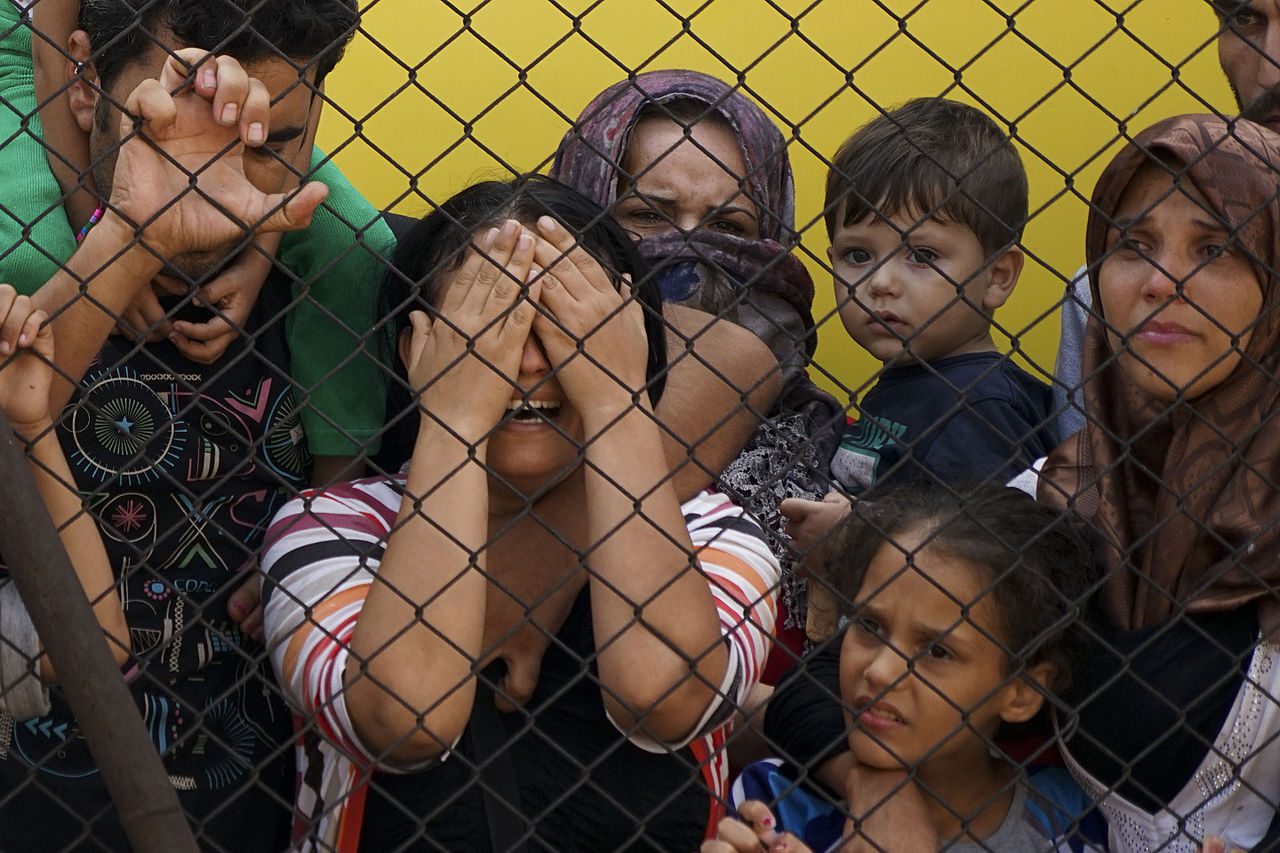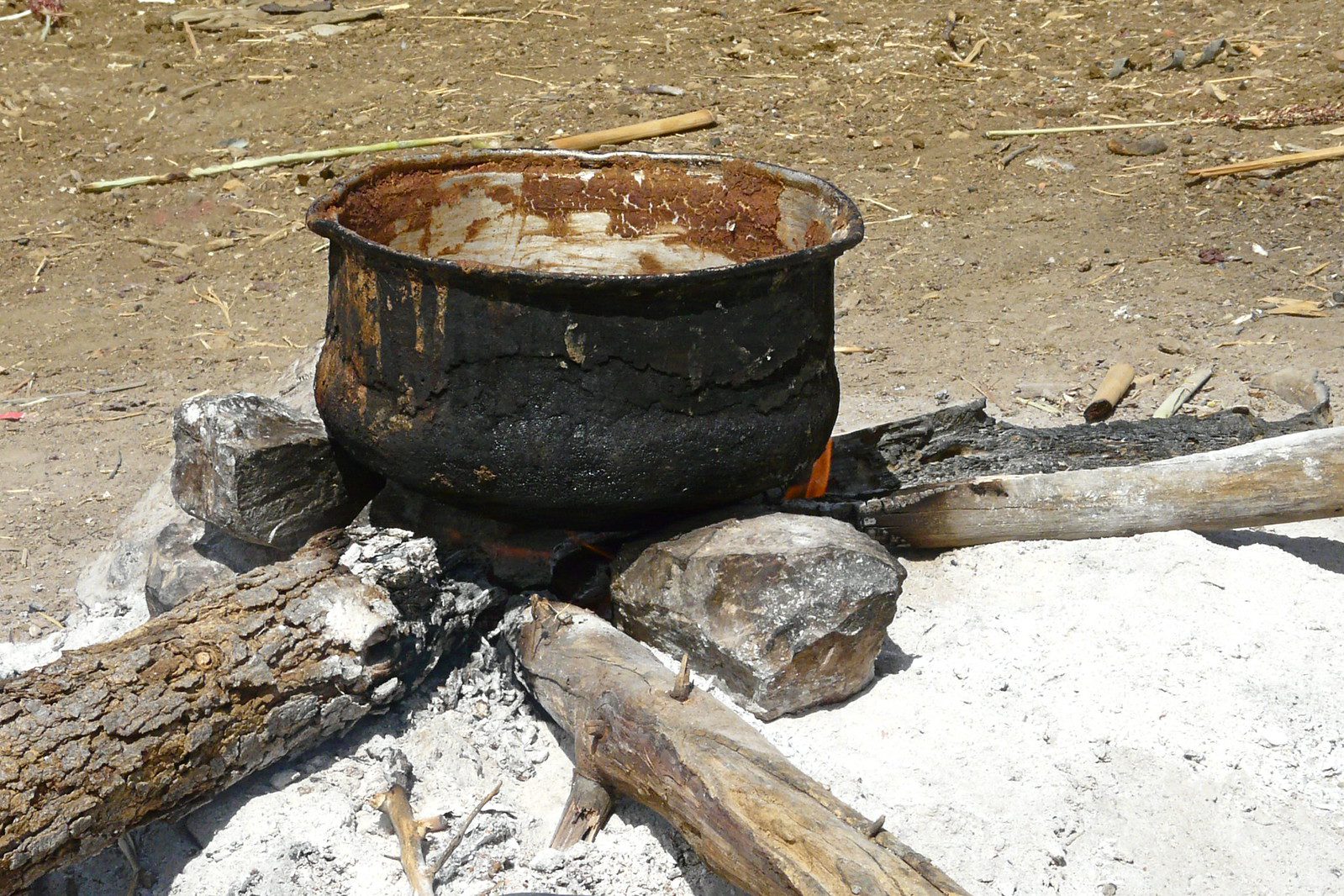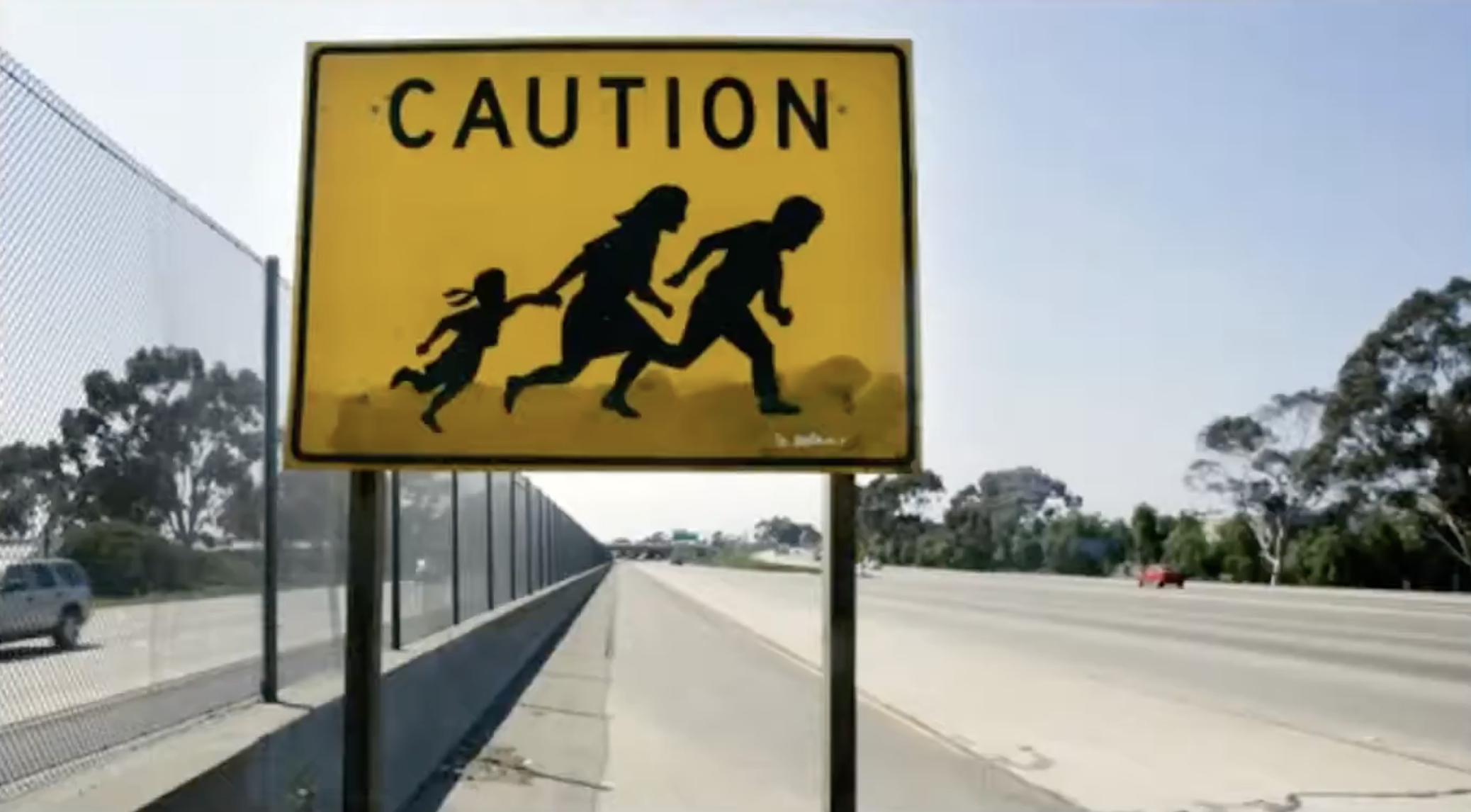This essay, co-authored by WPF Senior Fellow, Dyan Mazurana, and our colleague at The Fletcher School, Karen Jacobsen, originally appeared on Tufts Now on December 12, 2106.
War, persecution and natural disasters are wreaking havoc on communities across the globe. The world is currently facing the greatest need in a generation, with more than 96 million people requiring humanitarian assistance. We are grappling with the largest number of people displaced in human history, with 65.3 million forced to leave their homes, including 21.3 million refugees who now live in other countries. Crises of these proportions will require more, not less, humanitarian assistance and leadership from the United States.
Given all that, what can we expect when President-elect Donald Trump takes office in January? What might his new administration mean for the people, more than half of them children, who live in conflict zones like Syria, Iraq and Yemen, or have been forcibly displaced by armed conflict, or endure long and dangerous migrations?
To begin answering these questions, we can look to what Trump said during his campaign, when he sharply questioned the value of foreign aid. His “America first” rhetoric suggests that as president he is likely to promote cuts in humanitarian and development assistance. If that happens, there will be a number of consequences, chief among them that more women will die in conflict zones. Additionally, the international refugee crisis will only grow worse.
Throughout his campaign, Trump stressed the importance of helping Americans at home before taking care of others abroad. He has said that he wants to increase funding for the U.S. military and enact wide-ranging tax cuts, both of which would likely mean reduced funding for humanitarian and development response. His rhetoric indicates he is deeply suspicious of multilateral organizations such as the United Nations that play a paramount role in addressing humanitarian crises. He has also called for “ending the current strategy of nation building,” which could mean cutting back U.S. funding for health care, clean water and sanitation, education, and the rule of law in poor, fragile and conflict-affected countries.
How much does it matter if the Trump administration scales back funding for humanitarian response? Quite a lot, actually. In 2015, the U.N. agency responsible for refugees, the Office of the High Commissioner for Refugees (UNHCR), received 40 percent of its budget from the United States. With less funding for humanitarian response, U.N. agencies that work to protect and assist displaced populations, like UNHCR, the Office for the High Commissioner for Human Rights and UNICEF, will be hampered in their ability to support refugees and displaced people, and less able to promote human rights and dignity in countries where conflict, violence and depravation have forced citizens to flee from their homes.
We expect that funding will also decrease for the U.S. government agencies that lead on humanitarian response and displacement, including USAID and the State Department’s Bureau of Population, Refugees and Migration. USAID is currently the largest humanitarian donor in the world, providing more than double the amount given by the next largest donor, the United Kingdom. With such a reduction, humanitarian workers will be less able to deliver services in places hit by the world’s worst crises—Syria, Iraq, South Sudan, Yemen, Palestine, the Central African Republic, and the disaster-affected areas of the Sahel and Horn of Africa.
If the funding is reduced, we anticipate at least two outcomes. One is that more women will die and they will die at younger ages. Why? Because it turns out that, although more men are killed in combat, it is women who die more frequently from the indirect consequences of war and natural disaster, such as reduced food supplies and medical care. In fact, sex, gender and age are among the key factors that determine how armed conflict and natural disasters affect people.
For instance, a 2006 study published in the journal International Organization looked at 18 armed conflicts, each of which lasted for at least 10 years. The study found that the direct and indirect consequences of armed conflict combine to kill more women, or kill them at a younger age, than their male counterparts. In other words, the indirect effects of war are the most deadly. These effects include limited access to food and water, poor sanitation and hygiene, weak or collapsed health services, forced displacement and family dislocation, and increased family stress and domestic violence.
The more severe the disaster, the more severe the effects on women’s life expectancy compared with men’s. Importantly, this effect is strongest where women and girls have low social, cultural, economic and political status—as is the case in many of the countries facing the most devastating crises today.
Short-term humanitarian assistance and long-term development aid provide direct services to address problems such as poor sanitation and access to clean water, limited access to food, and stresses on health systems. Humanitarian and development aid also helps build a state’s capacity to provide these essential functions. The future of such assistance is unclear under Trump, who has called for a halt to nation building abroad, but has also said that the U.S. should provide aid to prevent greater instability in some nations that are friendly to the U.S.
The second outcome we expect if U.S. funding for foreign aid is cut is that the countries that right now host millions of refugees will be less able to support them. An estimated 86 percent of the world’s refugees are hosted by countries in the Global South, which are stretched to capacity. The U.N. World Food Program (WFP) is already struggling to meet the needs of more than five million displaced people in Syria and neighboring countries. Today WFP provides electronic food vouchers to about 1.5 million refugees in countries bordering Syria—which sounds like a large number but represents only the poorest quarter of the refugees living there.
This aid was already reduced because of lack of donor funding in 2015. If it is cut further, it will increase the burden on those host countries and make life more difficult for the refugees. Indirectly, that could cause more Syrians to try to migrate to Europe and elsewhere. It was when humanitarian aid was cut in 2015 that the first outpouring of Syrians to Europe began. A similar effect might follow additional cuts.
Trump has said that he will focus his foreign policy on perceived threats to the U.S. that include Islamic extremism, terrorism and migration. If that’s true, then one of the best ways to combat these problems is to strengthen and support the fragile or dysfunctional states that often produce them.
Preventing extremism and terrorism is a complex and multifaceted endeavor, but it can include working with governments to encourage them not to abuse and terrorize their own citizens, which can generate more extremism. On the other hand, providing good quality health services, education and security, and enabling meaningful participation in decisions that affect their lives, can enhance citizens’ enjoyment of their human rights and offset the allure of extremism. Demonizing these states, and thereby increasing their fragility, can only make things worse for everyone.
We all need to find common ground between the Trump administration’s foreign policy goals and existing efforts to address the problems of fragile states and the displacement that ensues. In addition, we need to find better ways, perhaps involving the private sector, or through civil society effort, to work with other countries and humanitarian organizations to promote leadership and provide financial support for humanitarian and development response. We cannot leave it up to the next administration to address the needs of the millions of people being driven from their homes by war, persecution and natural disasters.



